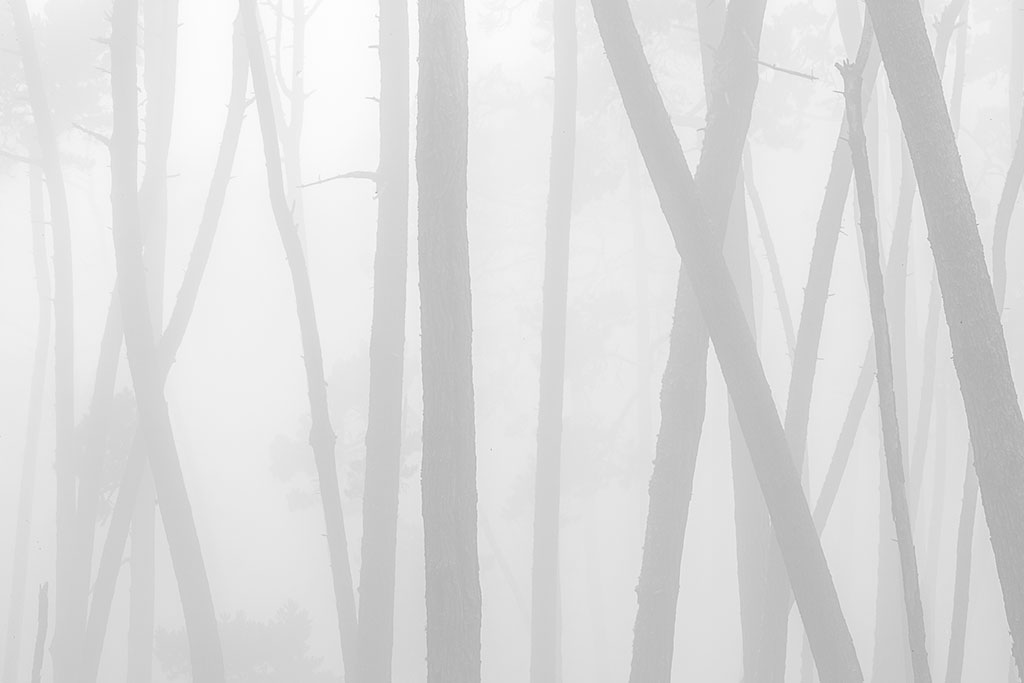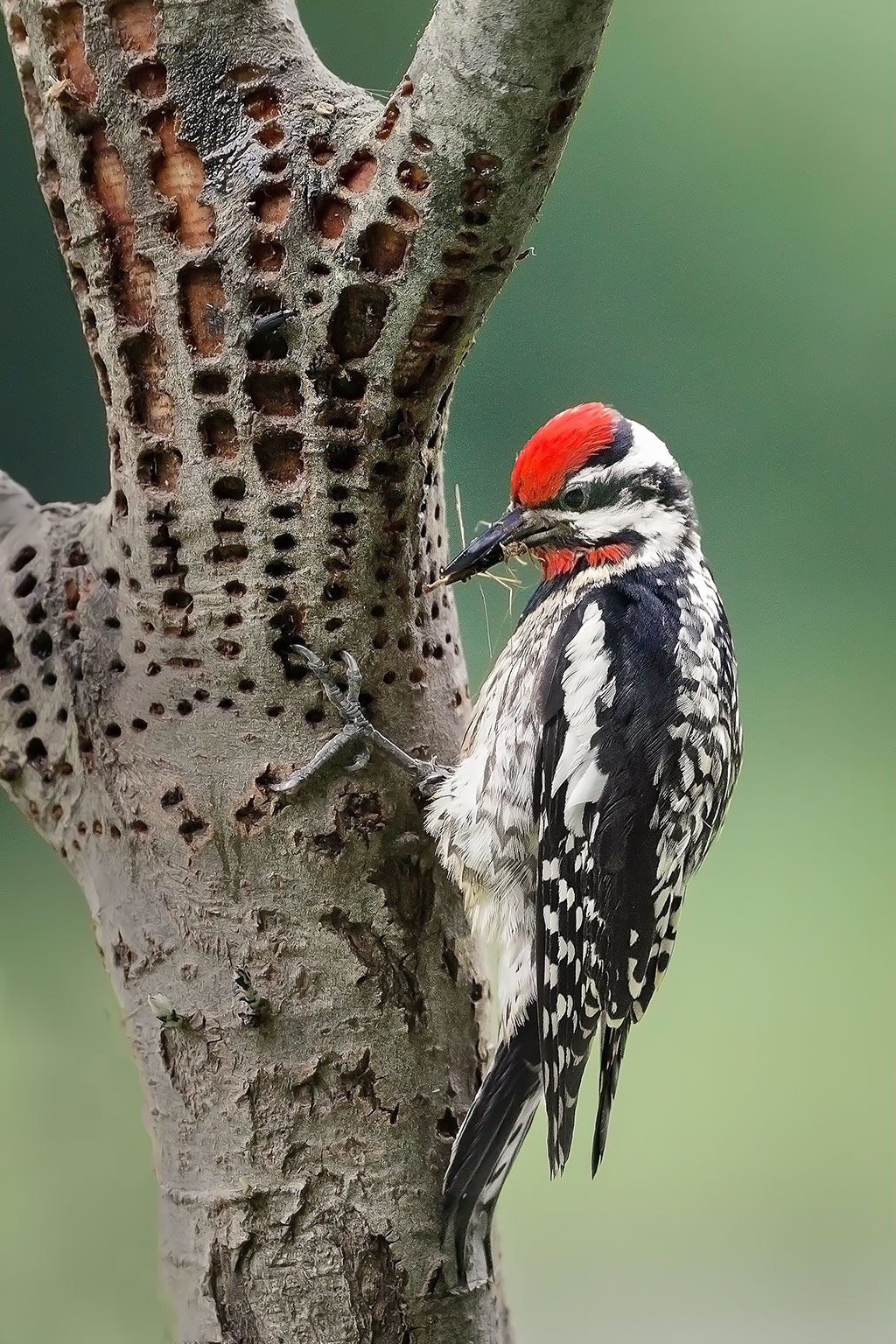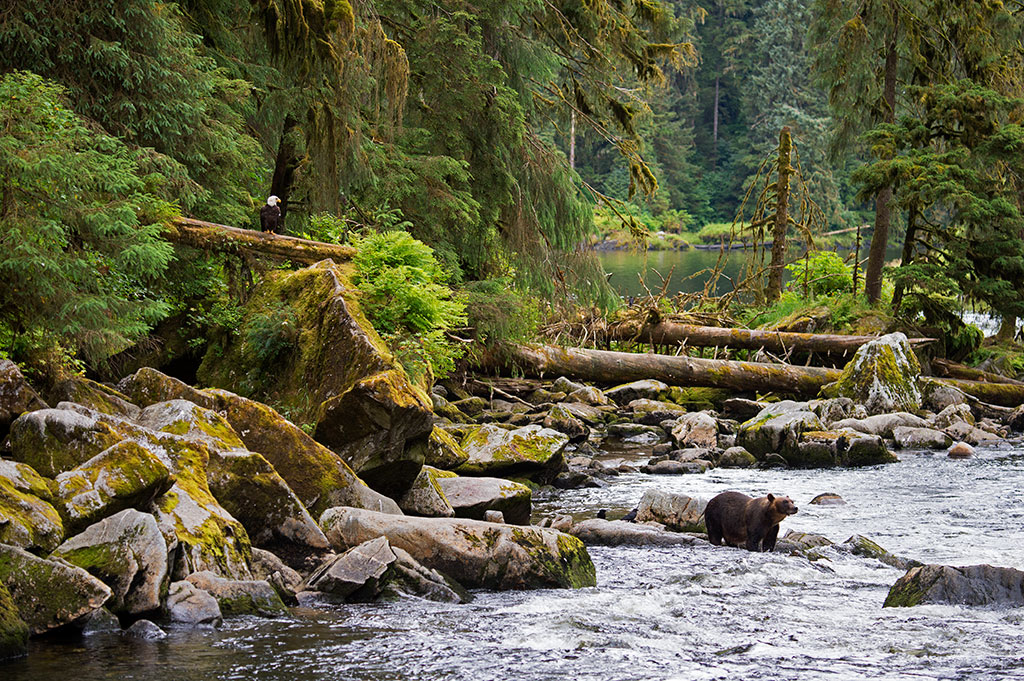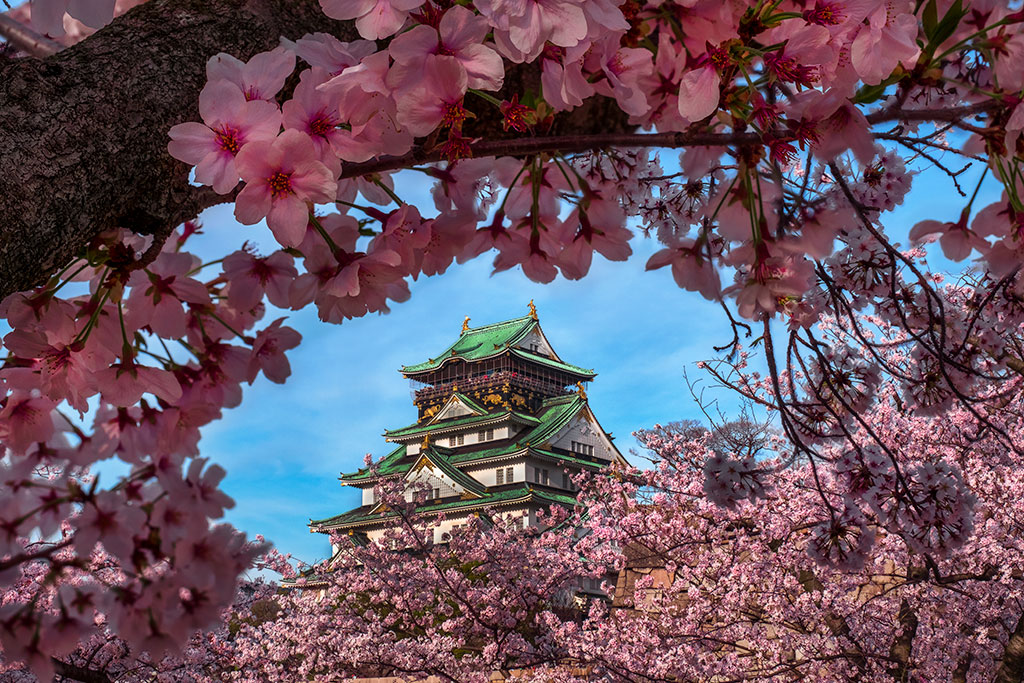Advertisement
Advertisement
Read Next

Curating Your Images Will Improve Your Photography. Here’s How
Curating your images well is a critical...
Watch What You Photograph!
Watch what you photograph! Here's why...
Close Encounter With Bear Gives Photographer A Jolt (& A Great Image)
Ever stumbled across an animal...
5 Ways to Create Stunning Photos Using New Angles
Even a small change in perspective can...Advertisement


When Does a Photo Become a Work of Art?
Dogwood tapestry. Sony a7R IV, Sony FE 100-400mm F4.5-5.6 GM OSS at 158 mm. Exposure: 1/160 sec., ƒ/11, ISO 1600.
“A great photograph is a full expression of what one feels about what is being photographed in the deepest sense and is, thereby, a true expression of what one feels about life in its entirety.” –Ansel Adams
A camera is directed toward a subject or scene. The shutter opens to the light for a fraction of a second, or sometimes for many minutes. An image is recorded, on film or by a sensor. This passage of light through the lens provides a simple recording of information.
After the light is captured, how does an image become a work of art? To create art out of a simple recording of light requires the photographer’s heart and mind. The artist responds to a subject and places a frame around that which moves them. Lines, shapes and contrast between shadow and light form the graphic design. The lighting and weather at the moment of exposure determine the mood, whether subtle or dramatic. All these factors must work together, and despite our best efforts, only a few images each year transcend to the level of our best work.
The most elusive element that can elevate the impact of a photograph is how well the emotion within the photographer is communicated. Photographs have the wonderful potential to reconnect us with our emotions beyond just describing the physical content of a scene. The very best images are reflections of the artist. This expressive process begins with intensely experiencing what attracts our eye, whether or not a successful image is made. Engaging with the beauty that surrounds us every day is, in and of itself, highly rewarding.
Although exploring nature is a meditative and quiet activity for me, I am invariably thrilled with something I’ve discovered, and my pulse quickens at some point in my wanderings. Once I am in my studio, I interpret and refine many aspects of each photograph, including contrast, color, brightness and the subtleties of shadows and highlights, until the image rings true to my emotional experience and intent. My interpretations are usually natural, straightforward portrayals of my subject, but my final results sometimes can veer from a literal rendition.
As an example of a more interpretative photograph, see my recent dogwood image at the top of this story. The exposure was a standard one with a full range of tones, and I was careful not to overexpose the bright blossoms. I was intent on framing the branches tightly for a tapestry effect, with the pattern of foliage filling the full viewfinder. As I started processing the file, I experimented with my Lightroom sliders, pushing the tones up for a lighter, more delicate feel.
Just as when standing behind my camera, I trusted my instincts in my processing interpretation. Even though the soft look doesn’t appeal to everyone, the resulting photograph excites me every time I look at it. The high key processing goes along with a creative direction I’ve been pursuing recently and fits into a “forest tapestry” series of images I’ve pursued for decades. The image also fits with a series of high-key images I call Whispers of Light.
Rapids, Merced River. Sony a7R IV, Sony FE 100-400mm F4.5-5.6 GM OSS at 226mm. Exposure: 1/3 sec., ƒ/18, ISO 100.
My black-and-white photo of rapids on the Merced River above is another Whispers of Light-style image. I found this composition by zooming into the frothing white rapids. The straight capture was nice, but as I processed the file, I felt that the colors of the river were distracting, and the darker tones in the water gave too much contrast and weight to the image. First, I converted to black and white. The high key processing, with all tones pushed to the right on my histogram, better conveyed brightness and energy I felt while watching the loud and leaping water dance.
A few decades ago, I wrote down some title ideas for possible portfolios or books. The note remains posted above my desk. One was Passages of Light, which I never used until recently, when selecting a title for my recent exhibit at The Ansel Adams Gallery. I like how this title references the long journey I began in 1974 with my first camera, alluding to the long and winding road I’ve traveled: evolving, exploring, experimenting, succeeding and failing, with creative bursts and lulls along the way.
Passages of light through my lens. Passages through my life.
See more of William Neill’s work at williamneill.com, including links to his social media and info on his new book, The Photographer’s Portfolio Development Workshop.